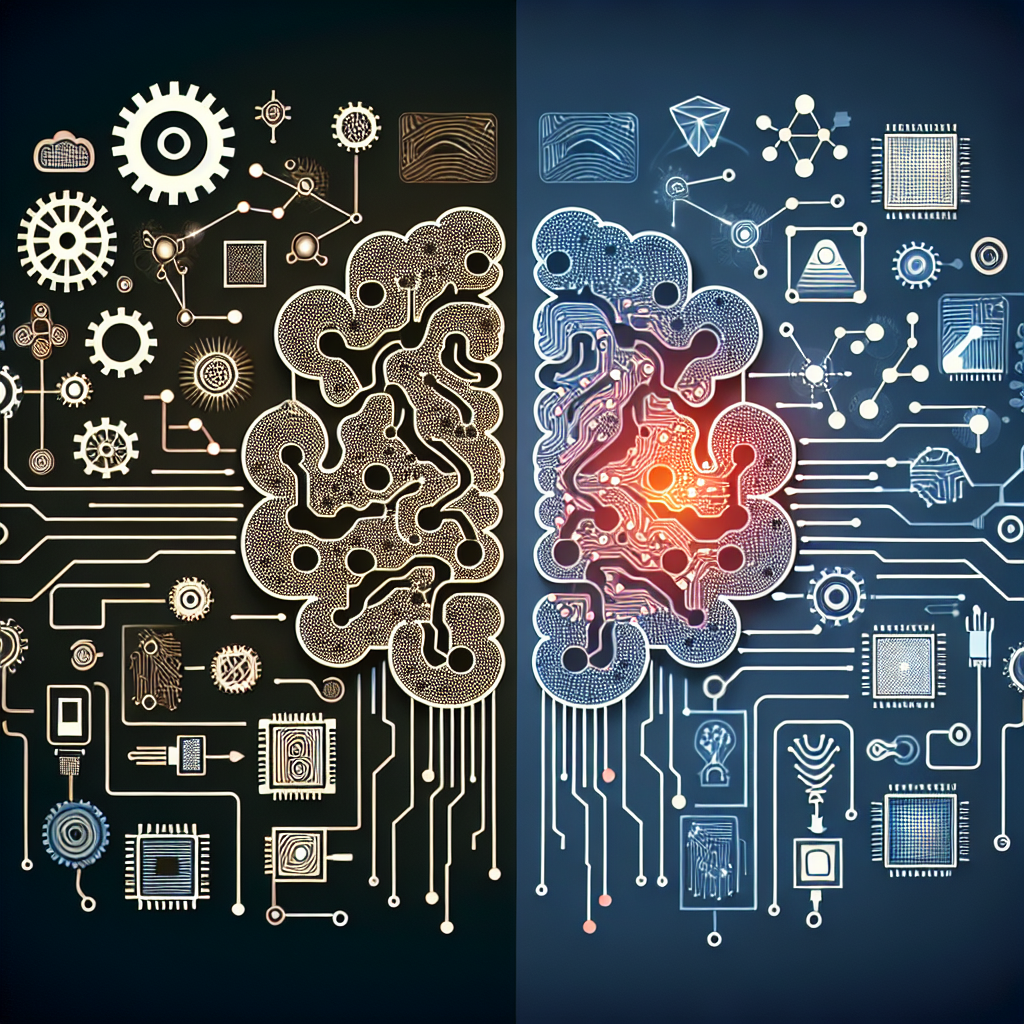Fix today. Protect forever.
Secure your devices with the #1 malware removal and protection software
Deep neural networks have been at the forefront of the recent advances in artificial intelligence (AI) technology, revolutionizing the way machines learn and make decisions. These complex algorithms, inspired by the structure of the human brain, have enabled machines to perform tasks that were once thought to be impossible for computers.
At the core of deep neural networks is the concept of deep learning, which involves training a model to recognize patterns in data through multiple layers of interconnected nodes. Each node in the network processes information and passes it along to the next layer, allowing the network to learn increasingly complex features and make accurate predictions.
One of the key advantages of deep neural networks is their ability to automatically extract relevant features from raw data, eliminating the need for manual feature engineering. This has led to significant breakthroughs in areas such as image and speech recognition, natural language processing, and autonomous driving.
In image recognition, for example, deep neural networks have achieved human-level accuracy in tasks such as object detection and classification. By analyzing millions of images, these algorithms can identify objects in photos with remarkable precision, paving the way for applications in medical imaging, surveillance, and self-driving cars.
In the field of natural language processing, deep neural networks have revolutionized the way machines understand and generate human language. From chatbots and virtual assistants to language translation and sentiment analysis, these algorithms have greatly improved the accuracy and efficiency of language-based tasks.
Furthermore, deep neural networks have also been instrumental in advancing AI technology in areas such as healthcare, finance, and cybersecurity. By analyzing vast amounts of data and detecting subtle patterns, these algorithms can help doctors diagnose diseases, financial analysts predict market trends, and security experts identify potential threats.
Despite their impressive capabilities, deep neural networks are not without challenges. Training these models requires large amounts of labeled data and significant computational resources, making them expensive and time-consuming to develop. Additionally, deep neural networks are often considered “black boxes,” meaning that it can be difficult to interpret how they arrive at their decisions.
Nevertheless, the potential of deep neural networks to revolutionize AI technology is undeniable. As researchers continue to refine these algorithms and explore new applications, the role of deep learning in advancing AI technology will only continue to grow. By understanding the underlying principles of deep neural networks and harnessing their power, we can unlock new possibilities for innovation and transform the way we interact with machines.
Fix today. Protect forever.
Secure your devices with the #1 malware removal and protection software
#Understanding #Role #Deep #Neural #Networks #Advancing #Technology,dnn

Leave a Reply
You must be logged in to post a comment.